Your car’s engine is the heart of your vehicle, and like any vital component, it requires regular care and maintenance to keep it running smoothly. At RedFox Autocare, we understand that engine problems can be daunting for many car owners. That’s why we’ve put together this comprehensive guide to help you identify and fix five common engine issues. Not only will this knowledge empower you, but it can also save you time and money in the long run.
1. Overheating Engine
Signs:
- The temperature gauge reads high.
- Steam or smoke coming from the hood.
- A burning smell.
Causes:
An overheating engine can be caused by various factors, including a low coolant level, a malfunctioning thermostat, a clogged radiator, or a failing water pump. Ignoring this issue can lead to serious damage, such as a blown head gasket.
Fixes:
- Check the Coolant Level: Make sure the coolant reservoir is filled to the appropriate level. If it’s low, top it off with the correct type of coolant for your vehicle.
- Inspect the Radiator and Hoses: Look for leaks, cracks, or blockages. Cleaning the radiator or replacing damaged hoses can restore proper cooling.
- Thermostat Replacement: If the thermostat is stuck closed, it won’t allow coolant to flow through the engine. Replacing it can resolve the overheating issue.
- Seek Professional Help: If the problem persists, consult a professional mechanic at RedFox Autocare. An expert can diagnose and fix complex issues like a failing water pump or clogged radiator.
2. Engine Misfire
Signs:
- Rough idling.
- Decreased fuel efficiency.
- Engine hesitation or stalling.
Causes:
Engine misfires can result from various issues, such as worn spark plugs, faulty ignition coils, a clogged fuel injector, or a vacuum leak. These problems disrupt the combustion process, leading to reduced engine performance.
Fixes:
- Replace Spark Plugs: Old or damaged spark plugs can cause misfires. Replacing them is a simple and cost-effective solution.
- Check Ignition Coils: Faulty ignition coils can prevent spark plugs from firing correctly. Replacing the affected coil can resolve the issue.
- Clean or Replace Fuel Injectors: Clogged fuel injectors can disrupt fuel delivery. Use a fuel injector cleaner or consult a mechanic for a thorough cleaning.
- Inspect for Vacuum Leaks: A vacuum leak can cause air to enter the engine unmetered. Check hoses and gaskets for leaks and replace any damaged parts.
3. Check Engine Light On
Signs:
- The check engine light illuminates on the dashboard.
Causes:
The check engine light can be triggered by a wide range of issues, from a loose gas cap to a faulty oxygen sensor. It’s crucial not to ignore this warning, as it can indicate serious problems that need immediate attention.
Fixes:
- Tighten the Gas Cap: A loose or damaged gas cap can trigger the check engine light. Ensure it’s tightly sealed.
- Use an OBD-II Scanner: An OBD-II scanner can read the diagnostic trouble codes (DTCs) stored in your car’s computer. These codes provide insight into the specific issue. If you don’t have a scanner, many auto parts stores offer free scanning services.
- Address the Identified Issue: Depending on the code, you may need to replace a sensor, fix a wiring issue, or address another underlying problem. If you’re unsure, consult a professional mechanic at RedFox Autocare for a precise diagnosis and repair.
4. Poor Fuel Economy
Signs:
- Decreased miles per gallon (MPG).
- Frequent refueling.
Causes:
Poor fuel economy can be caused by a variety of factors, including dirty air filters, low tire pressure, worn spark plugs, or a malfunctioning oxygen sensor. These issues can lead to inefficient fuel combustion, increasing fuel consumption.
Fixes:
- Replace Air Filters: A clogged air filter can restrict airflow to the engine, causing it to work harder and consume more fuel. Replace the air filter regularly to maintain optimal performance.
- Check Tire Pressure: Underinflated tires create more rolling resistance, reducing fuel efficiency. Ensure your tires are inflated to the recommended pressure.
- Replace Spark Plugs: Worn spark plugs can reduce engine efficiency. Replacing them can improve fuel economy.
- Inspect the Oxygen Sensor: A faulty oxygen sensor can cause the engine to run too rich or too lean, wasting fuel. Replacing it can help restore proper fuel economy.
5. Noisy Engine
Signs:
- Knocking, ticking, or rattling sounds from the engine.
Causes:
Unusual engine noises can be caused by a variety of issues, such as low oil levels, worn engine components, or a faulty timing belt. These noises can indicate serious problems that need to be addressed promptly.
Fixes:
- Check Oil Levels: Low oil levels can lead to increased friction and engine wear. Check your oil level and add oil if needed. If the oil is dirty, consider an oil change.
- Inspect Engine Components: Worn components like lifters, valves, or the timing chain can cause noise. These parts may need to be adjusted or replaced.
- Replace the Timing Belt: A worn or loose timing belt can cause engine noise and lead to severe damage if it fails. Replace it according to your vehicle’s maintenance schedule.
Conclusion
Understanding common engine problems and their solutions can save you time, money, and stress. Regular maintenance and early intervention are key to keeping your engine in top condition. However, if you’re unsure about diagnosing or fixing an issue, don’t hesitate to seek professional help. At RedFox Autocare, our experienced mechanics are here to provide expert service and ensure your vehicle runs smoothly. Remember, a well-maintained engine not only extends the life of your car but also enhances your driving experience.
For more tips and advice on car maintenance, visit the RedFox Auto Care blog or contact us to schedule an appointment. Your car deserves the best care, and we’re here to provide it!

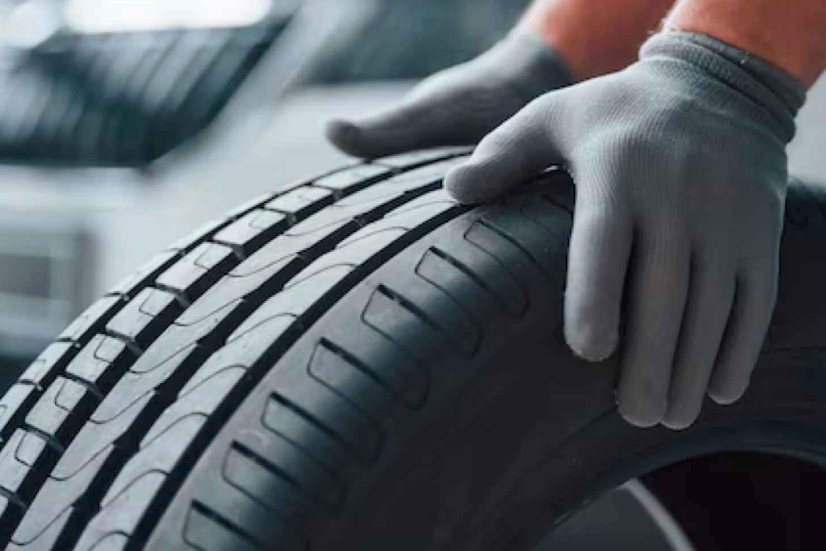 10 Proven Tips to Make Your Car Tyres Last Longer
10 Proven Tips to Make Your Car Tyres Last Longer The Advantages of Choosing Paintless Dent Repair
The Advantages of Choosing Paintless Dent Repair Rolls-Royce – Most Common Faults and How to Keep Yours in Perfect Condition
Rolls-Royce – Most Common Faults and How to Keep Yours in Perfect Condition Bentley – Most Common Faults and How to Prevent Them
Bentley – Most Common Faults and How to Prevent Them 5 Proven Ways to Remove Tree Sap From Your Car Without Damaging the Paint
5 Proven Ways to Remove Tree Sap From Your Car Without Damaging the Paint Discover the Most Typical Issues with Lexus Cars
Discover the Most Typical Issues with Lexus Cars What are the Common BMW Issues and How to Fix Them?
What are the Common BMW Issues and How to Fix Them?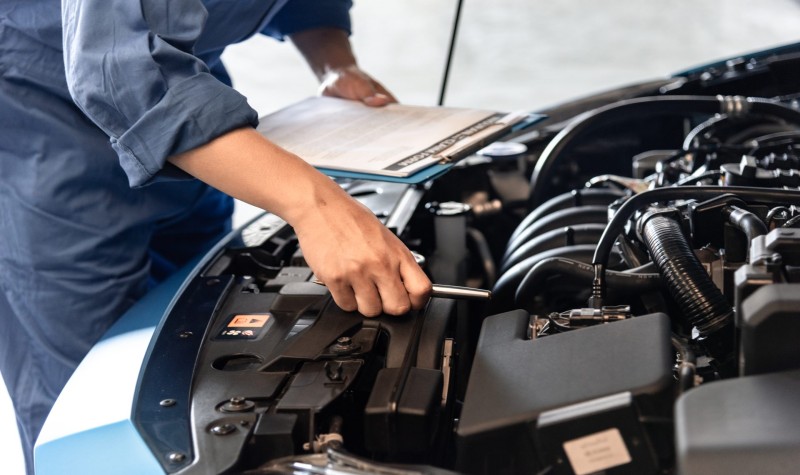 Engine Seized or Locked Up? Here’s What You’re Really Dealing With
Engine Seized or Locked Up? Here’s What You’re Really Dealing With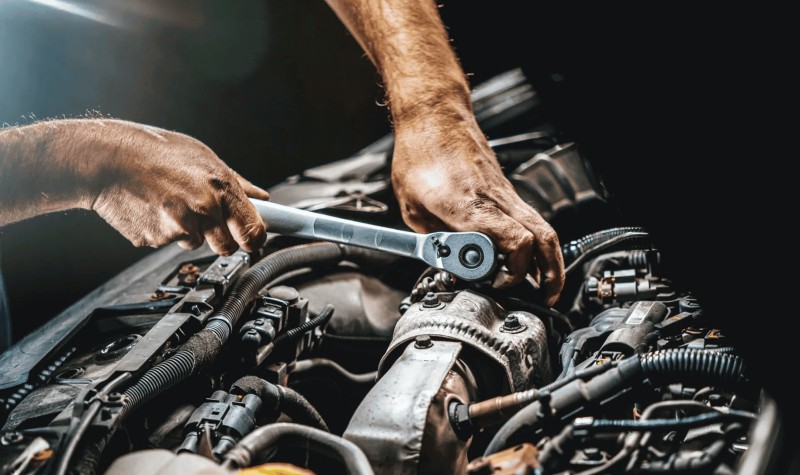 Is It Safe to Drive with Reduced Engine Power?
Is It Safe to Drive with Reduced Engine Power? What Type of Car Paint Protection Is Best in Abu Dhabi? | Ultimate Guide
What Type of Car Paint Protection Is Best in Abu Dhabi? | Ultimate Guide How Does Ceramic Coating Protect Your Car’s Paint?
How Does Ceramic Coating Protect Your Car’s Paint? 5 Most Common Oil Mistakes That Might Ruin Your Car
5 Most Common Oil Mistakes That Might Ruin Your Car When Should You Replace Your Tires? Warning Signs You Shouldn’t Ignore
When Should You Replace Your Tires? Warning Signs You Shouldn’t Ignore Common Range Rover Problems and How to Fix Them
Common Range Rover Problems and How to Fix Them How Weather Conditions Affect Your Car Battery and How to Protect It?
How Weather Conditions Affect Your Car Battery and How to Protect It?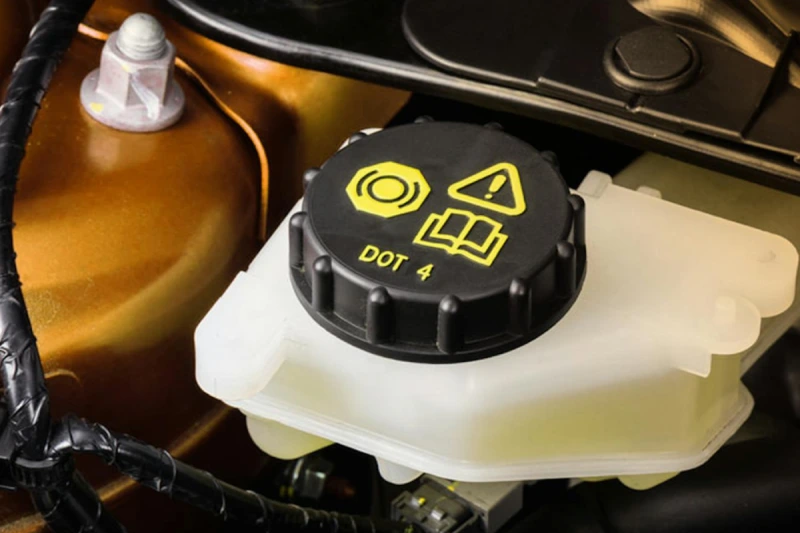 Why Brake Fluid is Essential for Your Car’s Safety in Ras Al Khaimah
Why Brake Fluid is Essential for Your Car’s Safety in Ras Al Khaimah Mercedes-Benz Engine Repair: Common Issues and How to Fix Them
Mercedes-Benz Engine Repair: Common Issues and How to Fix Them Top Signs Your Car AC Needs Immediate Repair in Abu Dhabi
Top Signs Your Car AC Needs Immediate Repair in Abu Dhabi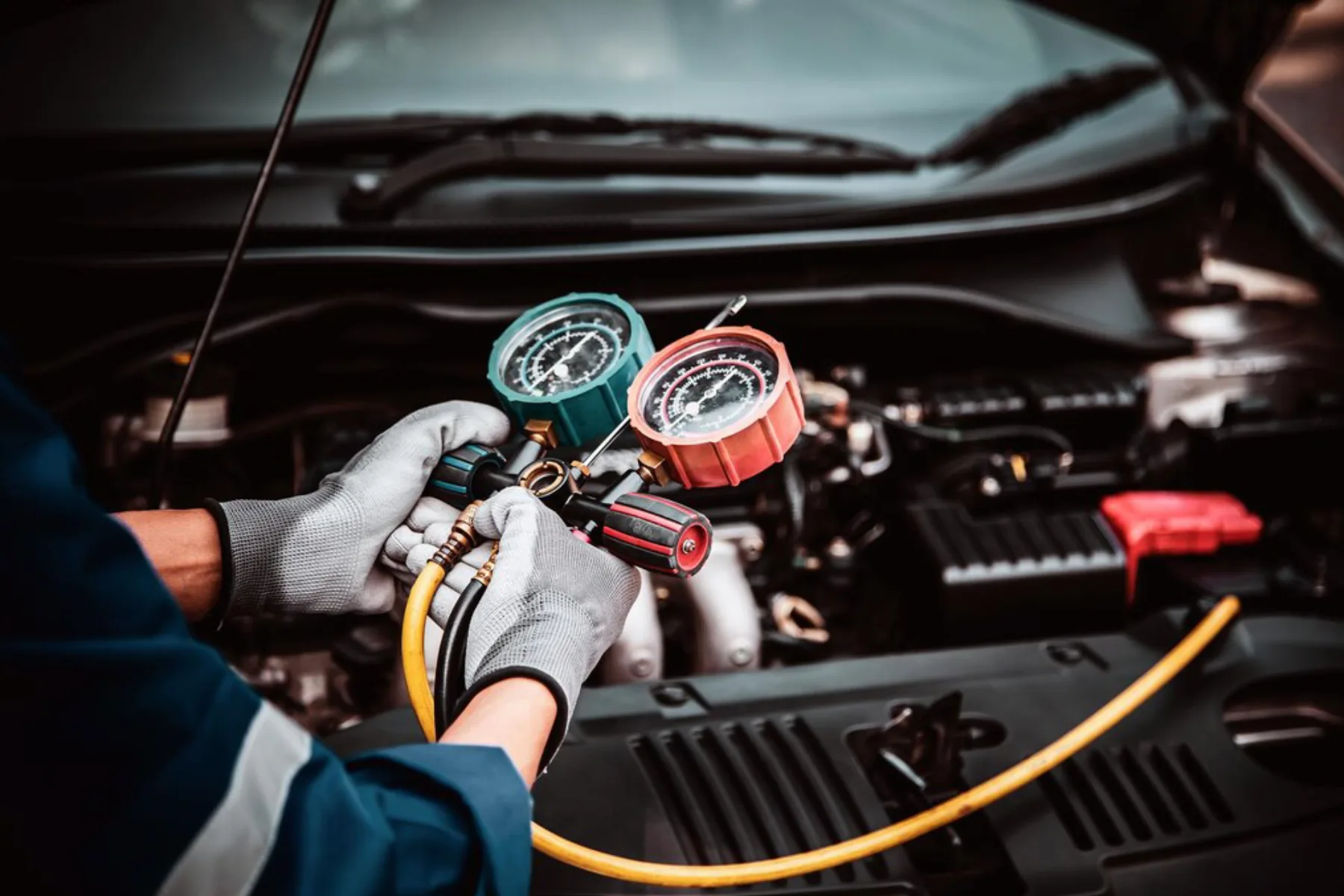 The Ultimate Guide to Car AC Repair: Everything You Need to Know
The Ultimate Guide to Car AC Repair: Everything You Need to Know How to Find a Reliable Car Garage Near Me in Abu Dhabi
How to Find a Reliable Car Garage Near Me in Abu Dhabi Why Car Detailing is Essential in Ras Al Khaimah
Why Car Detailing is Essential in Ras Al Khaimah Windscreen Repair vs. Windscreen Replacement: Which One Do You Need?
Windscreen Repair vs. Windscreen Replacement: Which One Do You Need? Top Signs Your Car Battery Needs to Be Replaced
Top Signs Your Car Battery Needs to Be Replaced The Importance of Regular Tire Maintenance: Tips and Tricks
The Importance of Regular Tire Maintenance: Tips and Tricks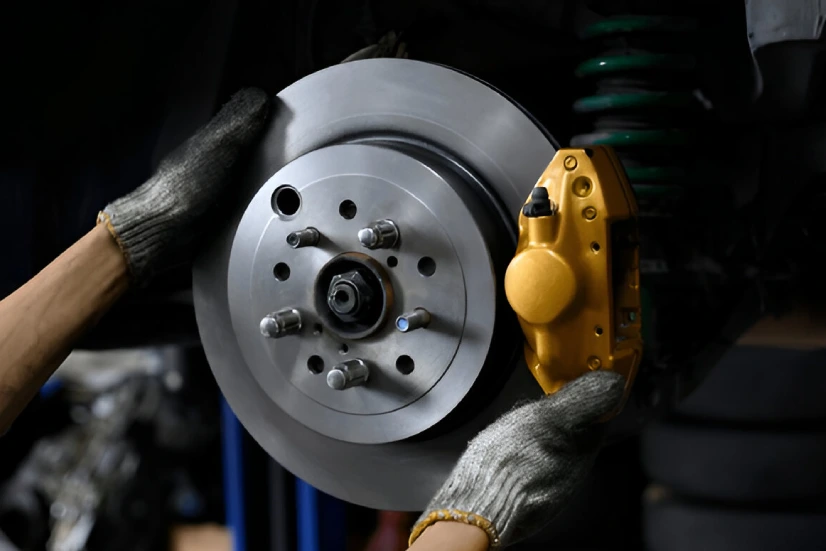 Understanding Brake Issues: When to Repair or Replace Your Brakes
Understanding Brake Issues: When to Repair or Replace Your Brakes What Can One Expect During a Full Vehicle Inspection?
What Can One Expect During a Full Vehicle Inspection? Top-Rated Car Garages in Ras Al Khaimah: A Comparative Guide
Top-Rated Car Garages in Ras Al Khaimah: A Comparative Guide 5 Common Engine Problems and How to Fix Them: A Guide for Car Owners
5 Common Engine Problems and How to Fix Them: A Guide for Car Owners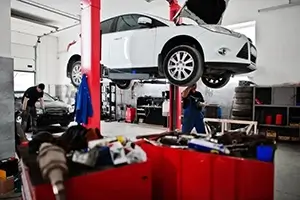 Signs You Need to Take Your Car to the Mechanic
Signs You Need to Take Your Car to the Mechanic Exploring Unusual Smells in Cars: A Guide to Identifying and Resolving Odors
Exploring Unusual Smells in Cars: A Guide to Identifying and Resolving Odors Bespoke Care for Your Range Rover: Understanding the Importance of Regular Service
Bespoke Care for Your Range Rover: Understanding the Importance of Regular Service Quick Tips for Finding the Best Car Mechanic Near You
Quick Tips for Finding the Best Car Mechanic Near You Choosing the right car repair workshop: Factors to consider
Choosing the right car repair workshop: Factors to consider Expert Car Mechanics Near Me: How to Identify Skill and Experience
Expert Car Mechanics Near Me: How to Identify Skill and Experience The Benefits of Regular Car Servicing for Optimal Performance and Safety
The Benefits of Regular Car Servicing for Optimal Performance and Safety Trusted Car Garages Near Me: How to Avoid Shoddy Repairs
Trusted Car Garages Near Me: How to Avoid Shoddy Repairs Preventing Costly Repairs with Routine Car Maintenance and Inspections
Preventing Costly Repairs with Routine Car Maintenance and Inspections Navigating the Car Repair Industry: How to Find Honest and Affordable Services
Navigating the Car Repair Industry: How to Find Honest and Affordable Services Understanding the Basics of Car Maintenance and Repair for Vehicle Owners
Understanding the Basics of Car Maintenance and Repair for Vehicle Owners Why regular car servicing is crucial for long term vehicle health?
Why regular car servicing is crucial for long term vehicle health? Maximizing the Lifespan of Your Vehicle with Routine Car Maintenance
Maximizing the Lifespan of Your Vehicle with Routine Car Maintenance The importance of Pre-purchase car inspections: Don’t buy a lemon
The importance of Pre-purchase car inspections: Don’t buy a lemon